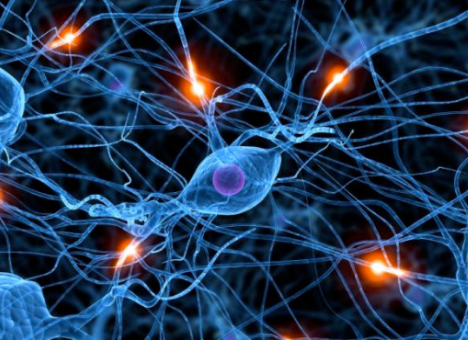The role of microglia in HIV-associated dementia
- Valentina Marginean
- Jun 18, 2015
- 1 min read

During my junior year, I enrolled in a Neurochemistry Directed Readings course. My semester research examined the role of glial cells in the neurodegenerative effects of HIV/AIDS.
Neurocognitive impairment associated with HIV is a prevalent area of research because multiple studies indicate that approximately 50% of HIV-positive patients undergoing antiretroviral therapy develop cognitive impairment over the course of their lifetime; however, that number has dropped to 20% in recent years. With advancements in treatment options, HIV-positive individuals live on average longer than in previous generations. Reflective of these advancements, the percentage of HIV infected people >50 years of age increased from 17.1% in 2001 to 35.8% in 2010 (ViiV Healthcare, 2013). Therefore, patients and physicians alike must grapple with the interactions between ageing and neurodegeneration caused by the virus. The most effective way science can deter further HIV epidemics is through investigations into the underlying pathological mechanisms. Key components to the pathology of HIV/HIV-associated dementia include glial cells and their related behaviors. My independent, final project on HIV-associated dementia received an A grade.
PDF of research composition available upon request.


Comments